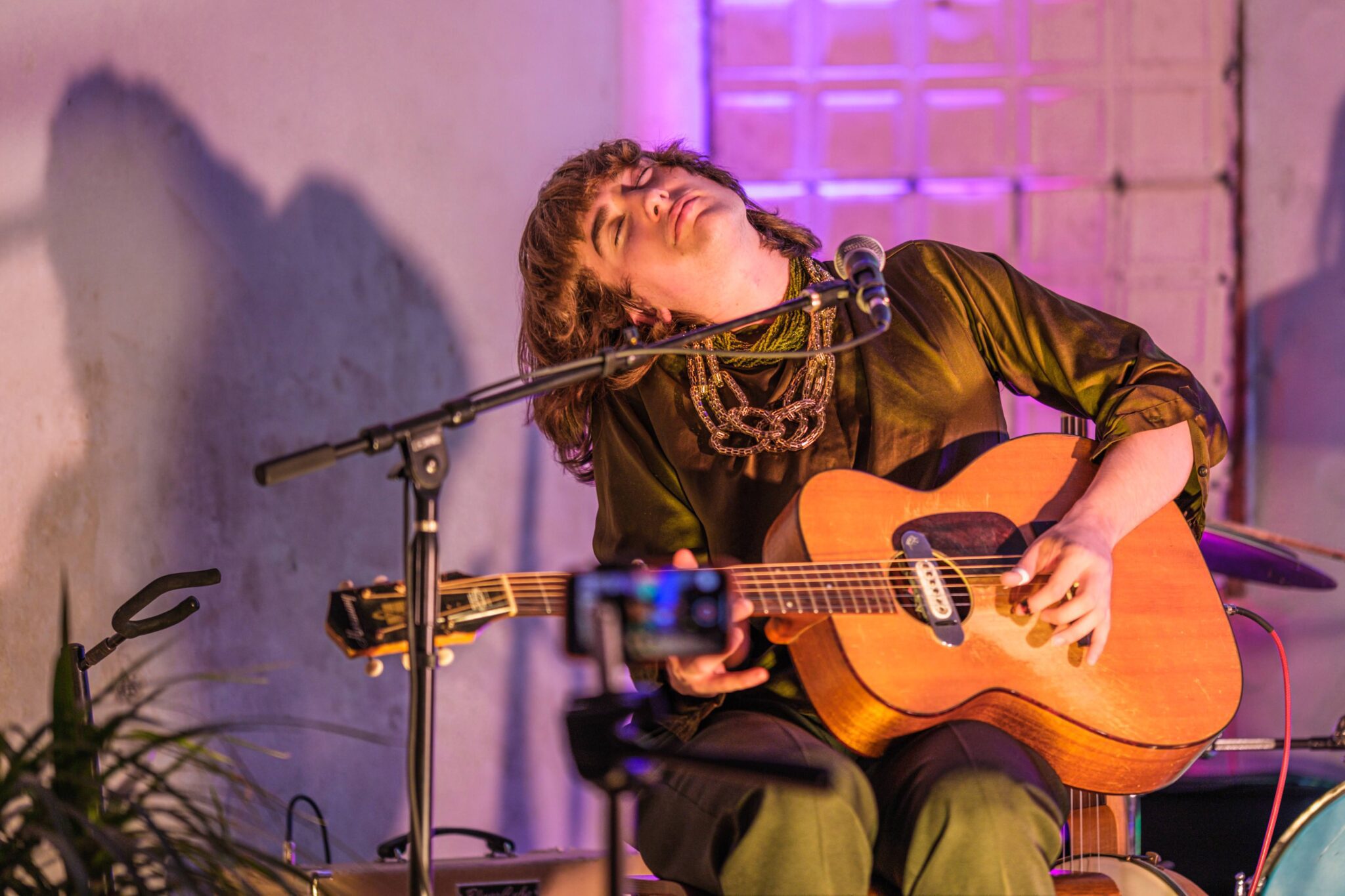Alma Vatya
- Blues
- Folk
ALMA VATYA is a twenty-one-year-old guitarist, singer, and banjo player who performs American vernacular music inspired and informed by a lifelong exploration of pre-war country blues, ballads, and spirituals. ALMA grew up in the high desert of Bisbee, Arizona. Her love for country blues began when a neighbor gave her a small handmade fretless banjo along with cassettes of Mance Lipscomb and Mississippi Fred McDowell. During formative travels to Mississippi, she learned the Bentonian blues style from Jimmy “Duck” Holmes at his Blue Front Cafe, and the trance blues of Robert Belfour in Clarksdale juke joints. Her polyrhythmic guitar and banjo stylings and nuanced vocals have been honed through hundreds of performances to national and international audiences.
In Death’s Little Black Train, ALMA VATYAs singularity as a performer of acoustic blues and Southern mountain music is on full display. Her intricate fingerpicking propels renditions of idiosyncratic 1920’s blues gems Cairo Blues and Down On Me; her virtuosic bottleneck slide animates soul-stirring recompositions of the Southern spirituals Death’s Little Black Train and Keep Your Lamp Trimmed and Burning. ALMA breathes new life into unreleased Southwestern field recordings encountered during her years of friendship and collaboration with Tucson folklorist and musician “Big Jim” Griffith, exemplified in a vibrant rendition of Gila River Valley tune Lonesome Live Oak. As a trans woman, ALMA foregrounds the brilliance of historically obscured black female blues and gospel musicians Geeshie Wiley, Sister O.M. Terrell, and Rosalie Hill.
Writes AV: “In Death’s Little Black Train, I hope to honor the radical creative legacy of black folk musicians who brought American music into being through beautifully intricate acts of cultural cross-pollination. In these thirteen songs, I synthesize geographically, historically, and culturally disparate traditions, with the hope that they reflect the necessity of American vernacular music in the 21st century as a living, vital, expression of the fundamental humanity that connects us all”

